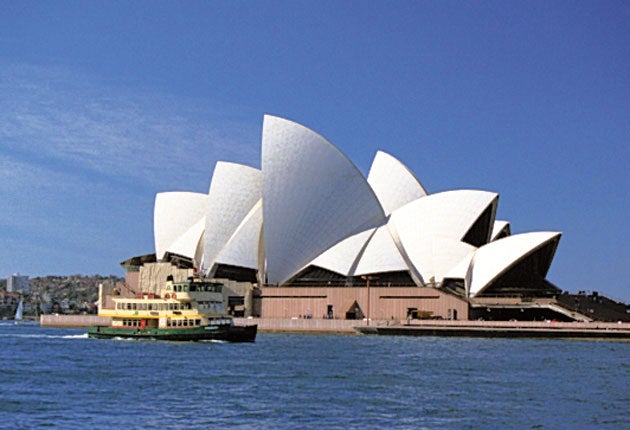Ask the traveller

Q: I want to book a flight for my granddaughter in Australia to visit Britain in June. But return fares from Sydney to Manchester are double that of Manchester to Sydney for exactly the same flight days. Why?
Des Hooley
It looks bizarre, doesn't it? How could essentially the same product – 20,000 miles of air travel between A and B – cost twice as much in country A as country B?
It comes down to the airlines seeking to make as much money as they can from each of their geographic markets. That basically means responding to demand.
Plenty of people want to leave Australia in late June. It's the deepest of midwinter in the southern hemisphere and the weather in Manchester may well be finer than in Sydney. This year, the unheard-of strength of the Australian dollar means the cost of living for Aussies abroad is lower than ever and Britain looks a real bargain.
That's why the airlines can sustain fares of £1,200-£1,400 for a Sydney-Manchester flight and back.
If the airlines could fill their aircraft with adventurous Aussies, they would, but the aviation business doesn't work that way.
Between Europe and Australia – via Asia, the Middle East or the United States – there is a vast complexity of traffic flows.
Airlines seek to fill their planes to the brim while squeezing the maximum possible fare from each seat. This involves the dark art of "yield management": setting fares at different levels depending on the starting location, the time of booking and other factors such as the start and end of the school holidays.
In June, when demand from the northern hemisphere to venture south of the equator is weak – and at a time when the puny pound discourages travel to Australia – the only way to tempt us on board in any numbers is to lower fares to £600-£800 or even less.
A solution? Air Asia, which offers low-cost fares between Australia and the UK, may have a combination of fares via Kuala Lumpur below £1,200, but this involves starting in Gold Coast and landing at Stansted.
Join our commenting forum
Join thought-provoking conversations, follow other Independent readers and see their replies
Comments